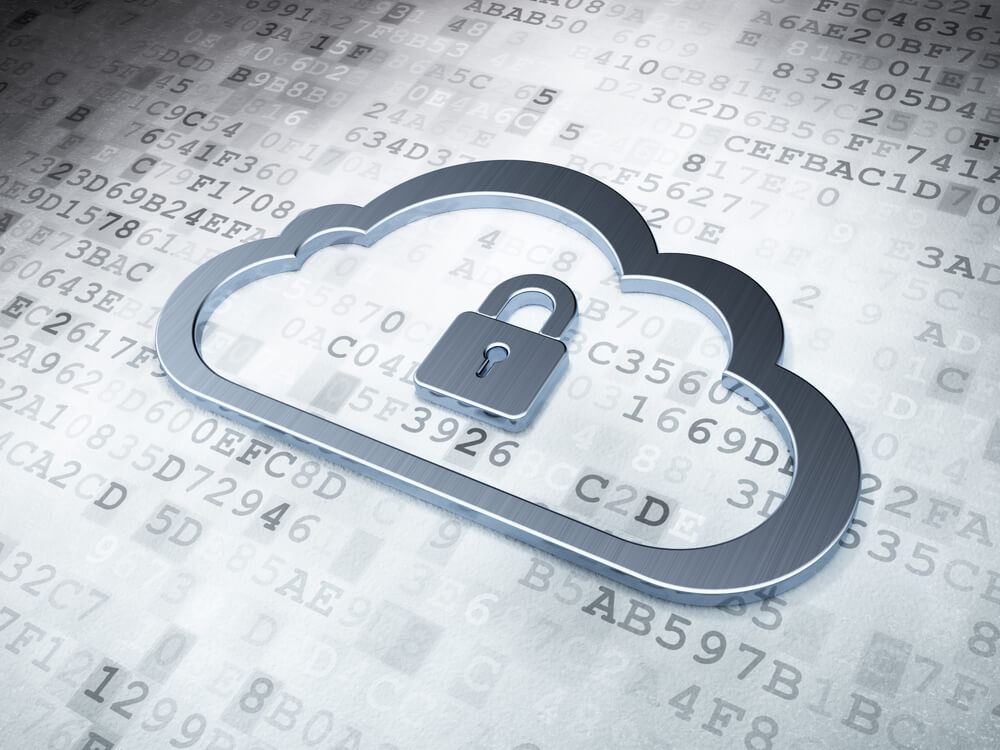
Enterprises are embracing cloud solutions, often beginning with data storage in the cloud and then expanding to additional service-based cloud offerings such as Platform as a Service (PaaS) or Infrastructure as a Service (IaaS). A recent surveyfound that the cloud market is growing by 40 percent annually, driven by enterprises’ adoption of hybrid cloud and multi-cloud environments.
The survey includes additional findings that detail some of the trends affecting the cloud industry. While it is a disruptive technology that allows companies to realize significant gains over their competition, enterprises that incorporate cloud solutions face a few growing pains. Here are some of the challenges enterprises are seeing:
Spiraling costs: With many companies beginning their experience in the cloud with data storage, it's unsurprising that costs often quickly get out of control. IT personnel are confronted with the need to rank complex options for various types of data storage. The cost to retrieve cold data must be examined and it’s necessary to determine which type of storage to use for a variety of instances.
In addition, it can be difficult to track inefficiencies. A monthly statement for a large enterprise can have thousands of line items for a single service, like a cloud server or software-defined wide area networking (SD-WAN), so enterprises may find it difficult to determine where they could achieve better cost savings.
Security: Enterprises accessing cloud services must approach security concerns proactively. The adoption of cloud technology broadens the security plane, providing more opportunities for a breach. In addition, the connection points between on-premises systems and cloud services introduce more points of vulnerability.
Complicating the security scene for enterprises accessing cloud solutions is the advance of the Internet of Things (IoT) and bring your own device (BYOD), due to the amount of data traveling between on-site servers and cloud applications and servers. The security of these technologies can be addressed through employee training and policies that create clear parameters for keeping all devices safe.
It’s important that enterprises adopting cloud security in a complex environment have a thorough understanding of the cloud provider’s role in securing data transmissions and other activity. Ultimately, the enterprise is responsible for their own data, but be sure to have a clear understanding of what areas the cloud provider will cover for security.
At Enterprise Visions, we will partner with you to determine the cloud capabilities that would be the best fit to serve your business. And we’ll come back to you with customized solutions that fit your situation and your budget. Contact us today.
